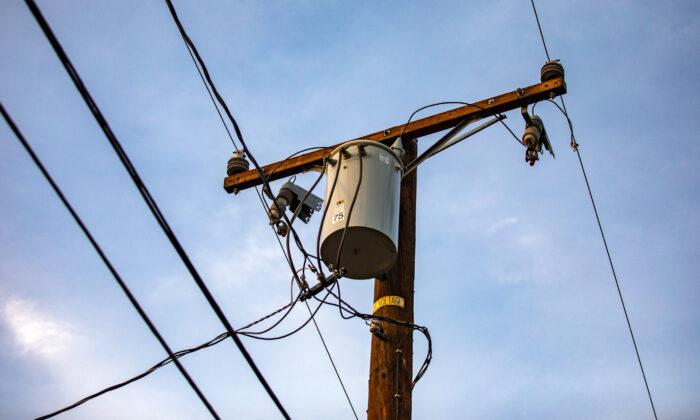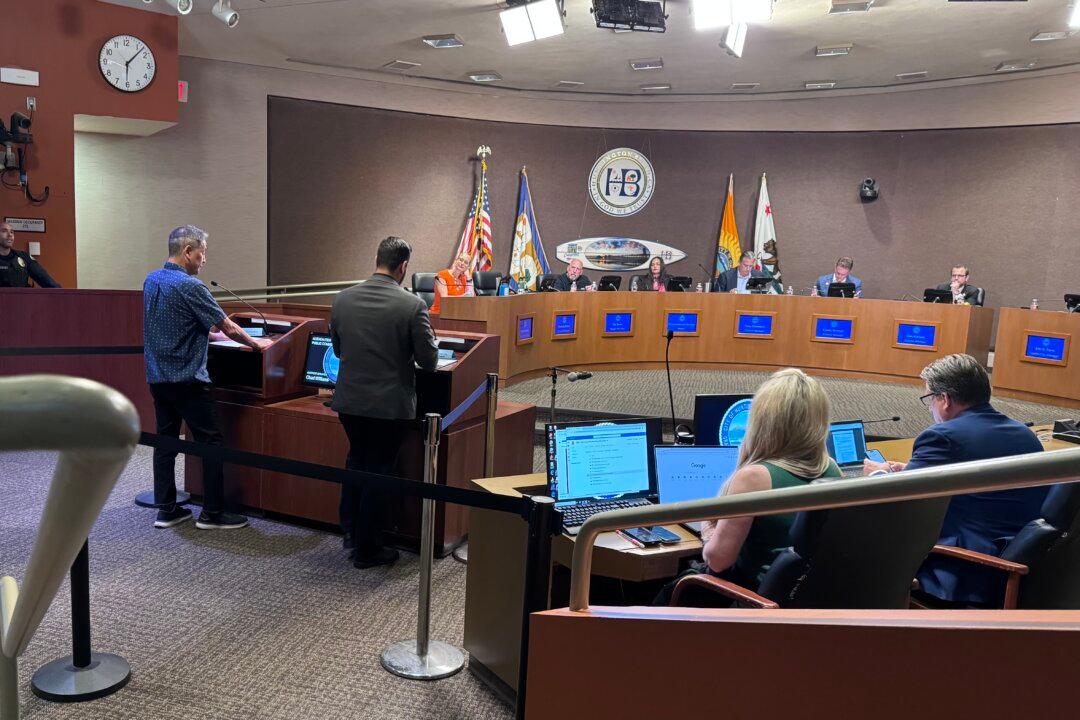Southern California residents may soon decide whether they want to pay more for electricity during peak times of the day—a plan by Southern California Edison (SCE) that will begin with San Bernadino County residents and may soon extend to Los Angeles County and Orange County.
The state-ordered switch would charge customers more for using electricity between the peak hours of 4 p.m. and 9 p.m., and less during the rest of the day. Currently, most households are on a tiered plan that has a baseline allocation and bills customers for the total amount of energy used in a billing period.
About 45,000 San Bernadino County residents, including in the cities of Fontana, Rancho Cucamonga, and Lake Arrowhead, received notices from SCE this month that say they will be switched to a time-of-use (TOU) electricity billing plan by Nov. 1 unless they opt out.
SCE spokesperson Ron Gales told The Epoch Times that improving the region’s environmental impact is the “heart and driver” behind the switch to TOU plans.
The state-ordered switch reflects a push by the state to attempt to get rates to more closely match the actual cost of service.
“Over time, the cost of service has changed at different times of day,” Gales said.
He said California has an abundance of renewable energy on its electric grid during daylight hours due to large solar farms, and the TOU rate is a way to encourage people to switch their energy usage pattern to hours when there’s cleaner, less expensive energy on California’s electric grid.
“They provide a lot of renewable energy that is relatively cleaner than traditional sources, and it’s also less expensive,” Gales said.
“There’s all this renewable energy, and there’s even occasions once in a while where California Independent System Operator, they'd have to give away the excess [energy] or sell it because we have so much during those hours.”

“Southern California Edison recognizes that many of our customers are still suffering impacts from the COVID-19 pandemic, as well the kinds of financial distress that follow up,” Gales said.
“We are offering many options to help them, for customers who are having trouble with their bills to either get enrolled in one of our low-income programs or our payment extensions or payment arrangements in which people can pay off their overdue bills over time.”
According to SCE’s website, the highest rate is June to September weekdays, in which residents on the TOU plan will pay 23 cents per kilowatt-hour during off-peak times, and 43 cents during peak times. During the winter period, or October to May, peak rates are 38 cents on weekdays and weekends, and between 26 to 29 cents during the off-peak hours.
SCE offers three different TOU plans: the 4 p.m. to 9 p.m. peak time, which the website describes as “better for customers who stay up late;” the 5 p.m. to 8 p.m. peak time, which is better for those who turn in early or are home during the day; and “prime,” which is ideal for customers who use clean energy technologies. The prime option has a “fixed daily basic charge that allows for lower Super Off-Peak and Off-Peak Rates,” the website says.





